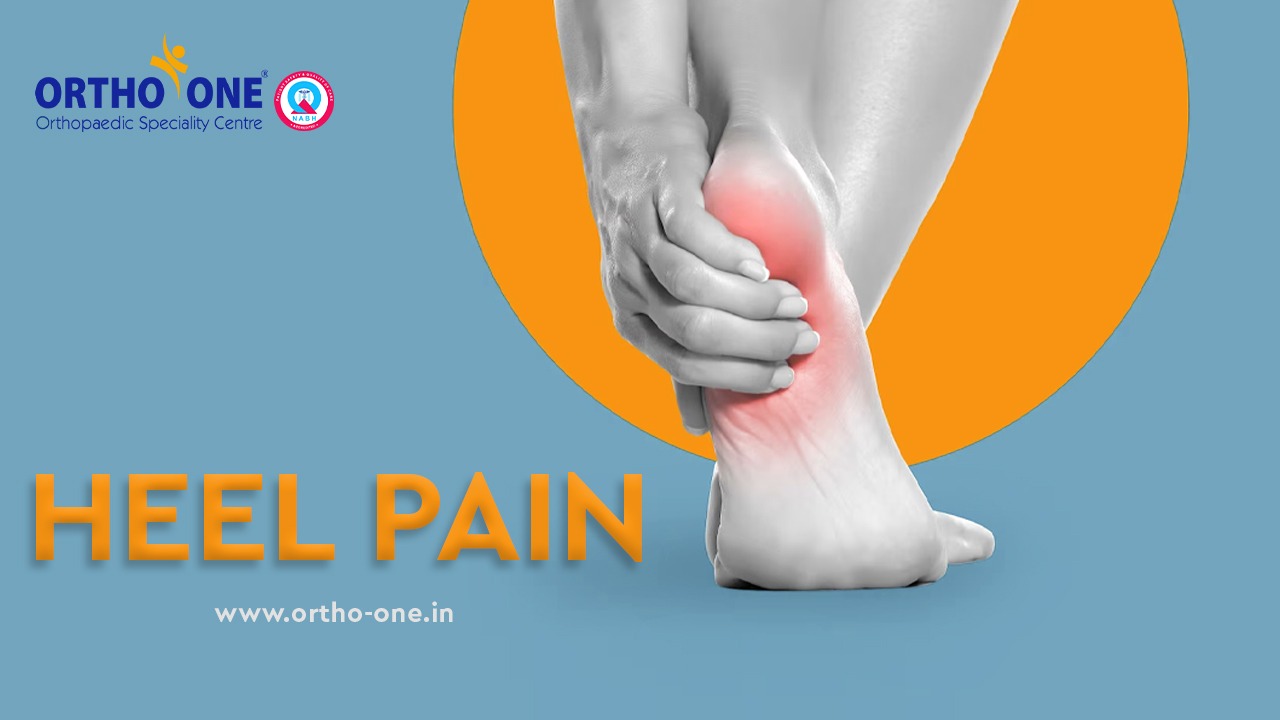Tag: heel pain treatment
Do you dread getting out of bed in the morning because of a hurting foot? Do you have to tread carefully for the first few minutes after a night’s sleep due to extreme foot pain? Do your feet ache when you stand up after sitting for an hour or so to rest? According to Dr B Vidya Sagar, foot and ankle surgeon at Ortho-One Orthopaedic Speciality Centre, Coimbatore, if you answered yes, you must be suffering from heel pain.
According to Dr Vidya Sagar, approximately 25–30% of patients visiting Ortho-One’s foot and ankle clinic have heel pain. Plantar fasciitis is the correct term for the condition. Flatfoot, obesity, a high body mass index (BMI), or even thyroid dysfunction could be the root of the heel pain. However, in more than 50% of cases, there is no obvious cause.
People in their 40s and the middle-aged are typically the ones who experience this condition. The main reason is that people at this age start to get comfortable in their careers and daily routines and start to lose interest in physical activities like sports, working out, etc. This causes the tendinous portions (calf and foot muscles) to tighten. “The tendinous muscles should ideally be flexible. One should be able to stretch or flex them on command; if not, they ought to return to their resting position,” explains Dr Vidya Sagar.
In people suffering from heel pain, the plantar fascia (foot muscle) fails to stretch when one gets up after a long period of rest because it shortens at rest. Microtears brought on by a delay in stretching may lead to inflammation. This inflammation is what causes heel pain, and it can also lead to calcaneal spurs on the front or back of the heel.
There are many remedies to reduce heel pain in the initial stages which include taking painkillers, NSAIDs, and modification of footwear. However, according to Dr Vidya Sagar, the most effective treatment is stretching the foot and calf muscles. These exercises must be done at least twice a day continuously for 2-3 months to get visible results. If the patient is in such pain that he/she cannot do the stretching exercises, a local mild steroid injection will be administered. “Do not be alarmed by the word ‘steroid injections’,” says Dr Vidya Sagar. He guarantees that they have no systemic effects and only act locally at the site of the pain. The pain will significantly diminish within 2-3 days of receiving a steroid injection, and patients will be able to perform the advised exercises.
The last resort is to surgically stretch the Gastrocnemius and plantar fasciitis muscles if the patients still experience pain despite receiving conservative treatment. According to Dr Vidya Sagar, “This type of surgery is performed rarely because the majority of patients respond well to the conservative treatment alone.”
Dr Vidya Sagar cautions that while most patients will experience relief from heel pain through conservative management, it is important to also treat any accompanying symptoms. These include managing thyroid levels, addressing obesity issues, and treating flatfoot with medial arch supports if alignment problems are present. “Most patients will experience a drastic reduction in heel pain within 2-3 months when these issues are addressed and stretching exercises are done regularly,” says Dr Vidya Sagar.

